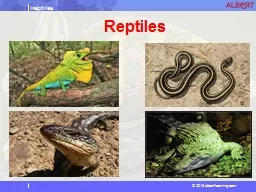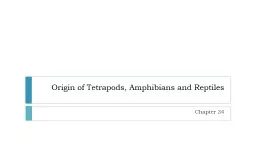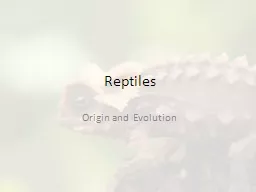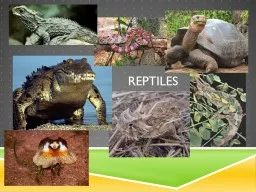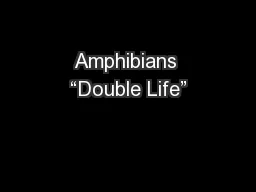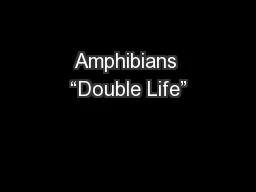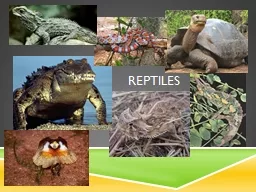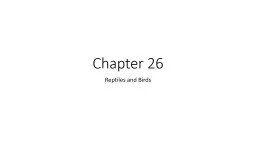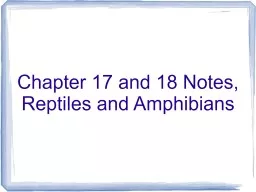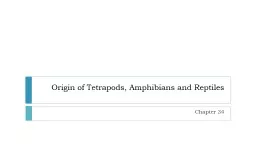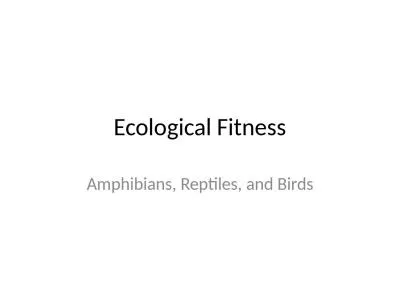PPT-Amphibians and Reptiles
Author : test | Published Date : 2020-01-20
Amphibians and Reptiles Class Amphibia Amphibia Double Life Frogs toads salamanders and caecilians 6000 species Skin with mucoid secretions lack epidermal scales
Presentation Embed Code
Download Presentation
Download Presentation The PPT/PDF document "Amphibians and Reptiles" is the property of its rightful owner. Permission is granted to download and print the materials on this website for personal, non-commercial use only, and to display it on your personal computer provided you do not modify the materials and that you retain all copyright notices contained in the materials. By downloading content from our website, you accept the terms of this agreement.
Amphibians and Reptiles: Transcript
Download Rules Of Document
"Amphibians and Reptiles"The content belongs to its owner. You may download and print it for personal use, without modification, and keep all copyright notices. By downloading, you agree to these terms.
Related Documents



